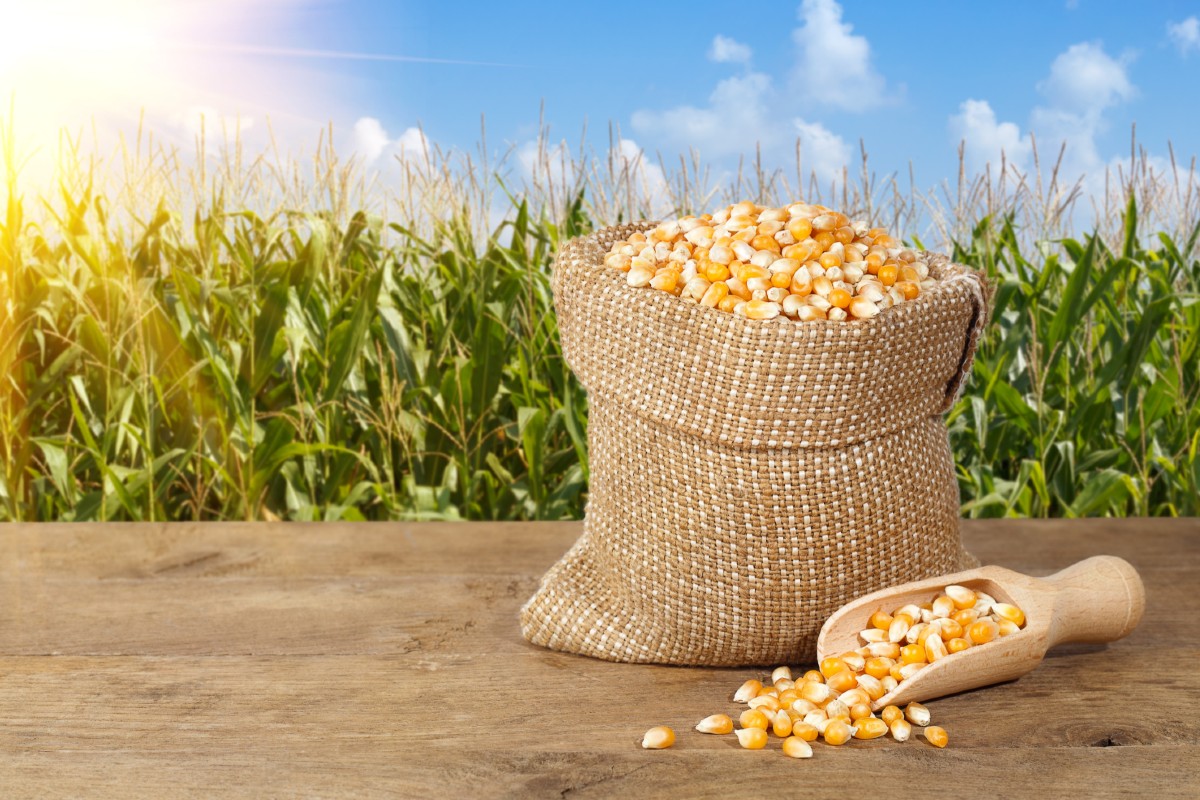 11 Nov 2023
11 Nov 2023
Corn stands as the predominant feed ingredient in global poultry nutrition, wielding a profound influence on the health and performance of flocks. Contributing up to 65% of metabolizable energy and 20% of crude protein in poultry diets, maize’s nutritional significance is well-established. However, the inherent variability in its energy value poses challenges with far-reaching consequences for poultry welfare and performance.
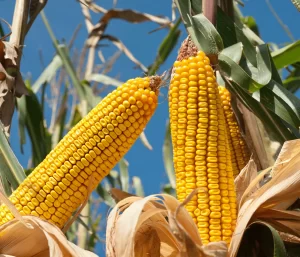
In the realm of animal nutrition, yellow dent corn is typically characterized by test weight per bushel, physical appearance, and crude protein content. Proximate analyses are employed to estimate its energy values. Recognizing the prevalent variability, efforts are underway to gain a deeper understanding of the parameters influencing corn composition, identify key indicators, and develop strategies in production and processing to minimize this variability.
Variability in Corn Composition: Unveiling Nature’s Complexity
The composition of corn is subject to variability influenced by factors such as the position of the kernel in the cob, genetic varieties, and plantation location. Research indicates that the position in the cob can cause variations in nutrient and non-starch polysaccharides (NSP) content. The content of nutrients, their availability, and NSP composition vary across maize genotypes, suggesting a complex interplay of genetic and environmental factors.
Physico-Chemical Properties: Unraveling the Complexity
The vitreousness of corn, indicating the ratio of hard to soft endosperm, is closely linked to starch properties and zein content. Corn with high vitreousness tends to have higher amylose and zein content, influencing starch granule characteristics. However, the correlation between vitreousness and nutritional quality for poultry is complex, varying with corn genetics.
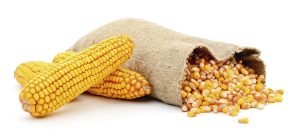
Another marker of corn nutritional value is the protein solubility index (PSI) in 0.5M NaCl. PSI variations among corn samples highlight the importance of this parameter in evaluating corn quality, with implications for poultry nutrition.
Effects of Thermal Processing: Navigating the Impact
Thermal processing, specifically drying temperatures, plays a crucial role in corn variability. Studies indicate that drying corn at different temperatures can alter amylose content, damaged starch, NSP composition, and particle size after milling. Corn variety and drying temperature interactively affect particle size, emphasizing the need for a comprehensive understanding of these factors in feed formulation.
The Impact on Poultry Nutrition: Bridging the Knowledge Gap
The observed changes in corn composition, physicochemical properties, and thermal processing have downstream effects on energy value, non-starch polysaccharide content, and feed quality. Ongoing research aims to delineate these impacts more comprehensively, offering insights into determining high-quality corn and strategies to better control variability.
You can read the whole article here
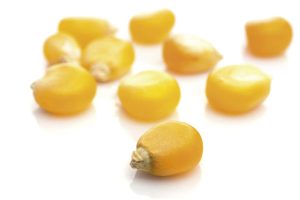
In the next installment, we will delve into these impacts in greater detail, providing a holistic view of corn variability and its implications for poultry nutrition.
Subscribe now to the technical magazine of animal nutrition
AUTHORS
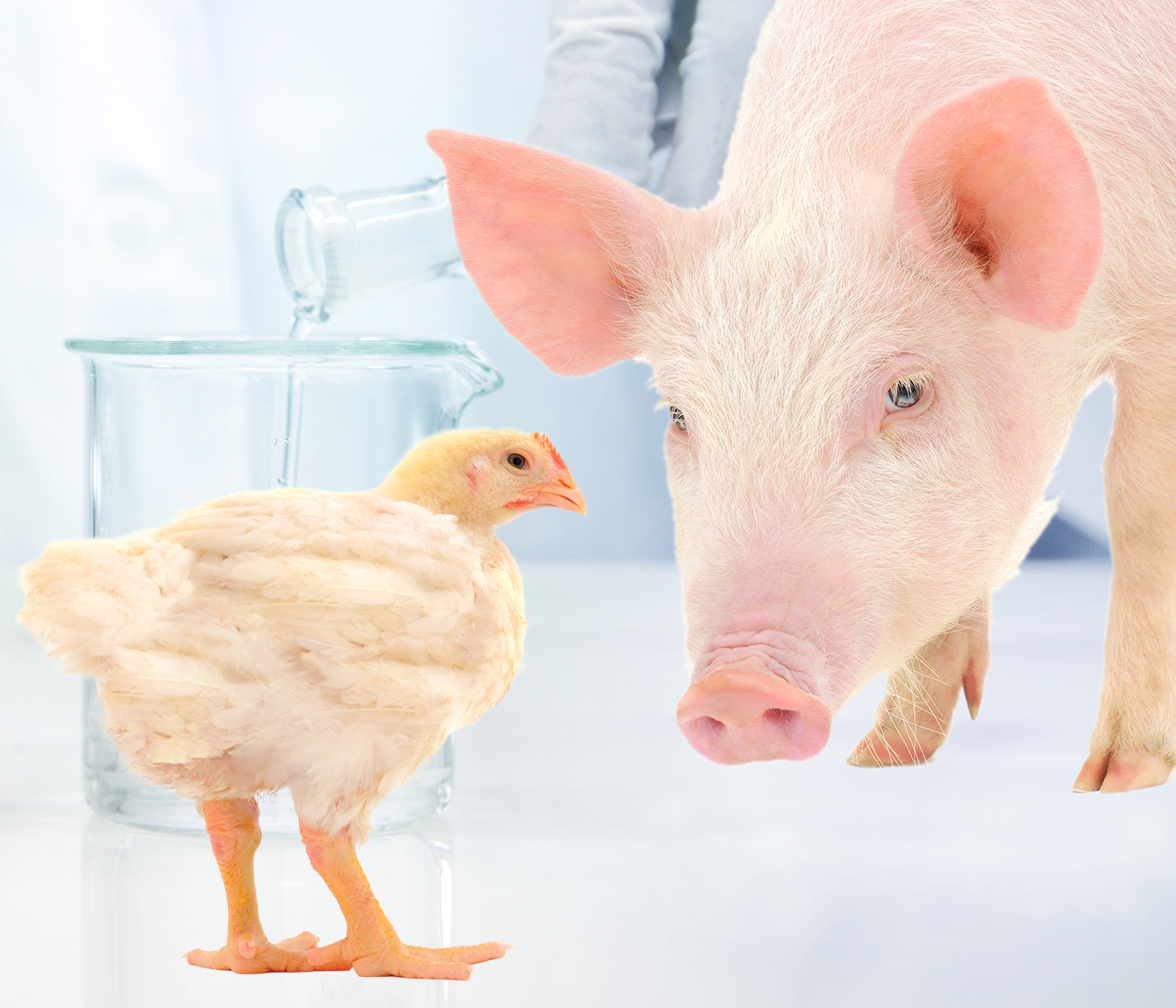
Still using Choline Chloride in animal nutrition?
Maria Alejandra Perez Alvarado
Unlocking the Potential of Sorghum in Poultry and Swine Nutrition
Vivian Izabel Vieira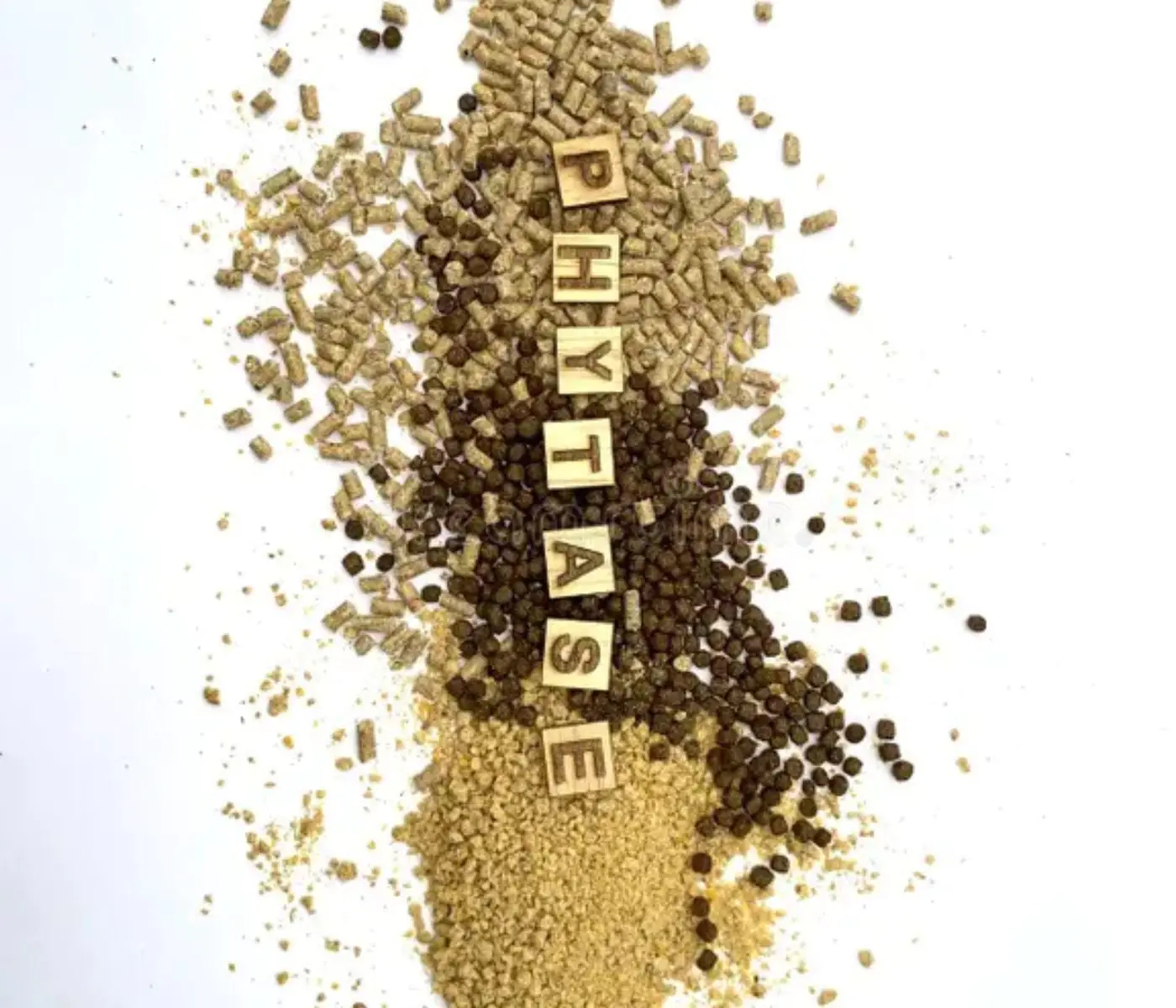
The Secrets Behind a Phytase
Juan Gabriel Espino
Nutrient and energy content of synthetic and crystalline amino acids
Edgar Oviedo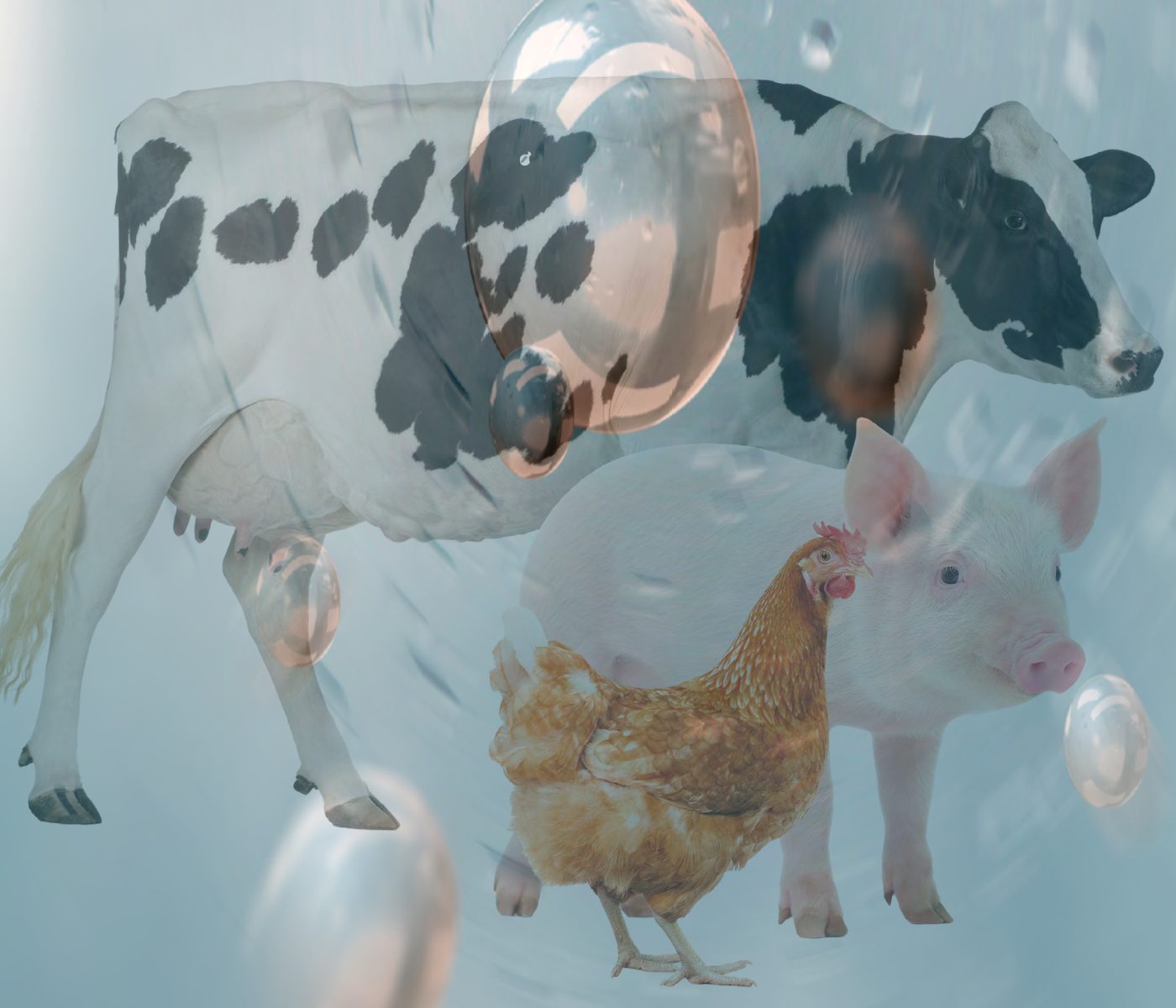
Micro Minerals, Macro Impact: Enhancing Poultry, Swine, and Cattle Nutrition
Gustavo Adolfo Quintana-Ospina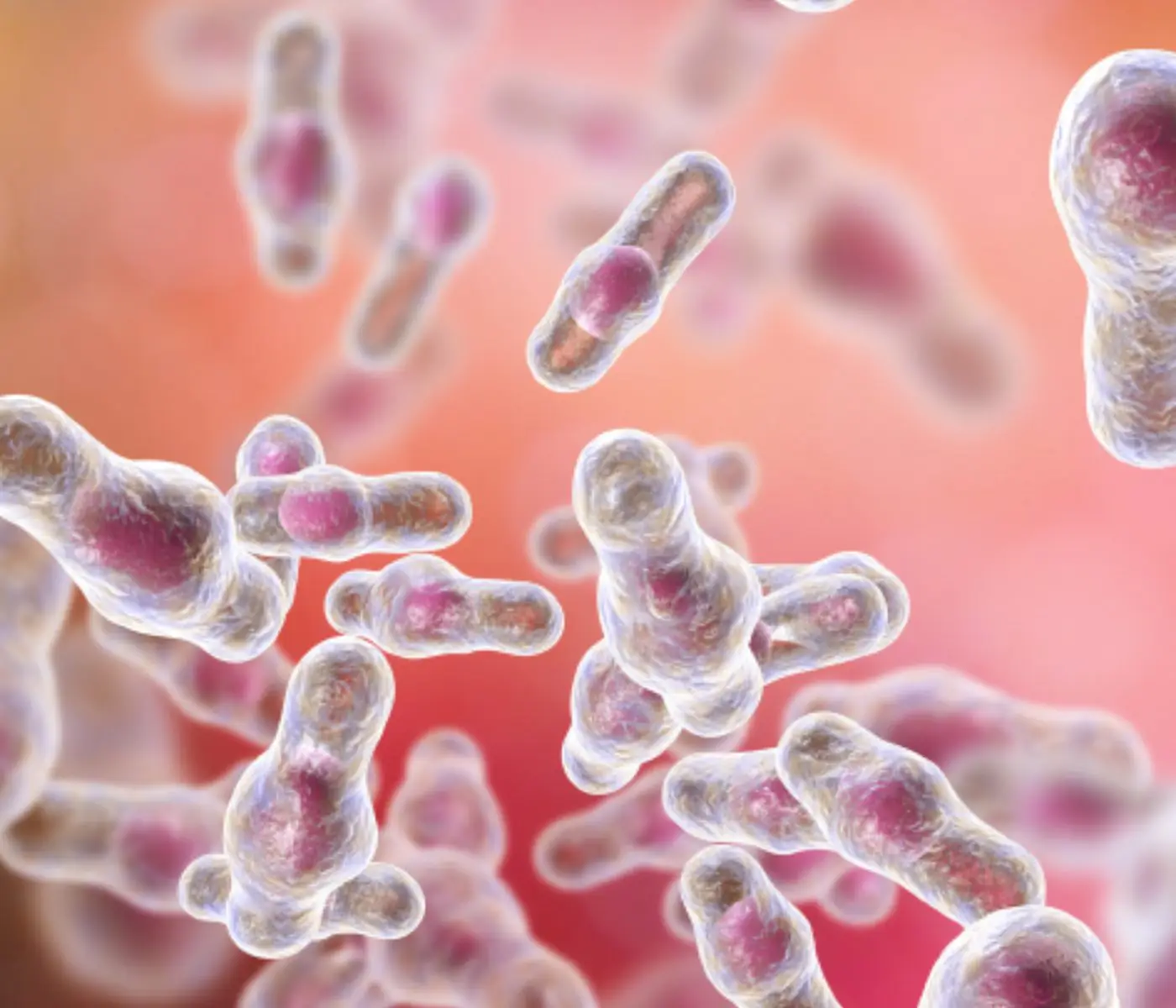
Smart Nutrition: Targeted Strategies to Combat Necrotic Enteritis in Broilers
M. Naeem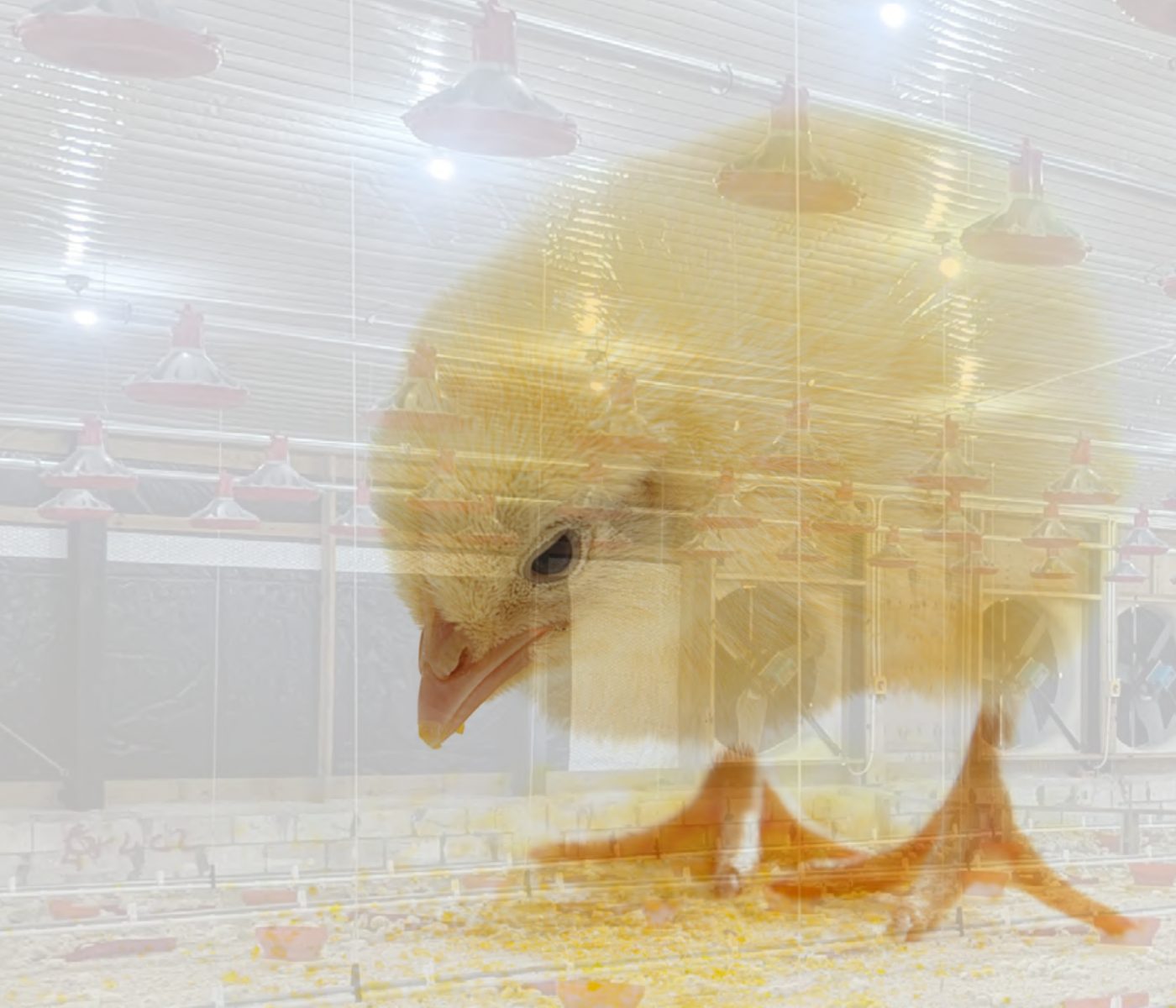
Navigating Poultry Nutrition in a Tropical Environment
Tanika O'Connor-Dennie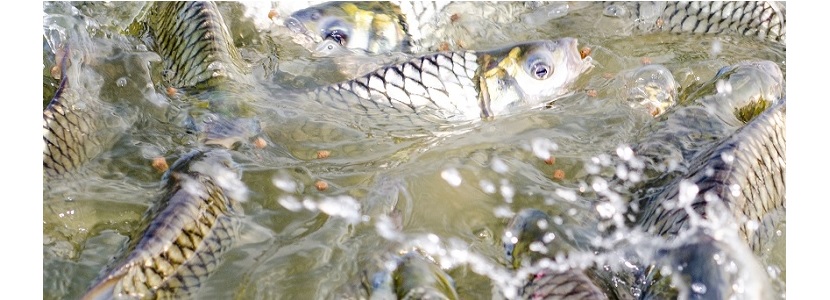
Protein in Aquafeeds: Balancing Requirements, Sources, and Efficiency
Jairo Gonzalez
Use of oxidized fats in pigs: risks and considerations
Maria Alejandra Perez Alvarado